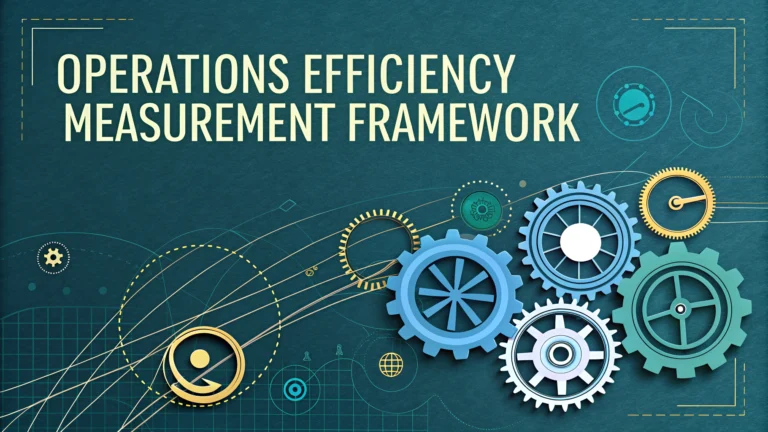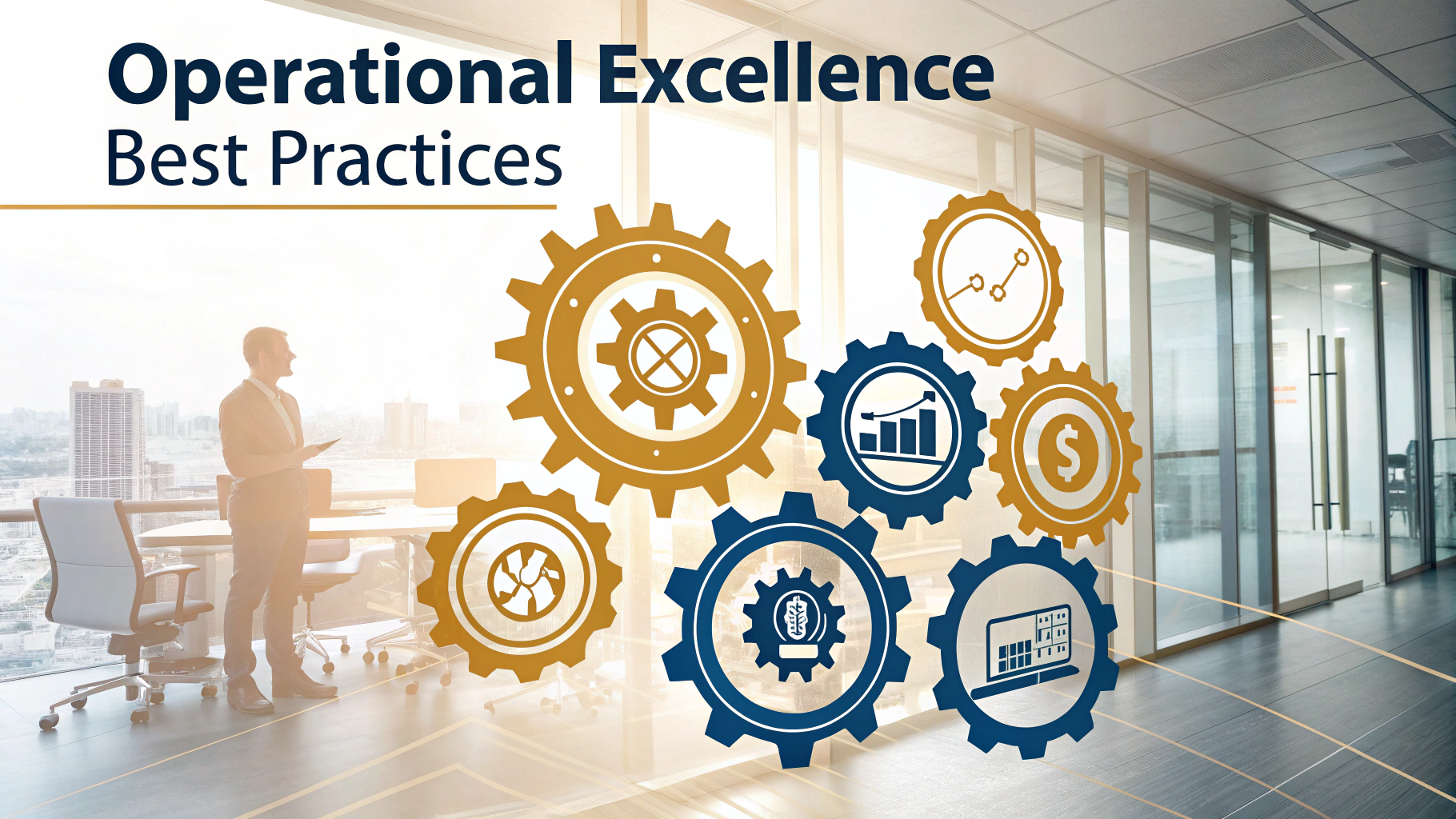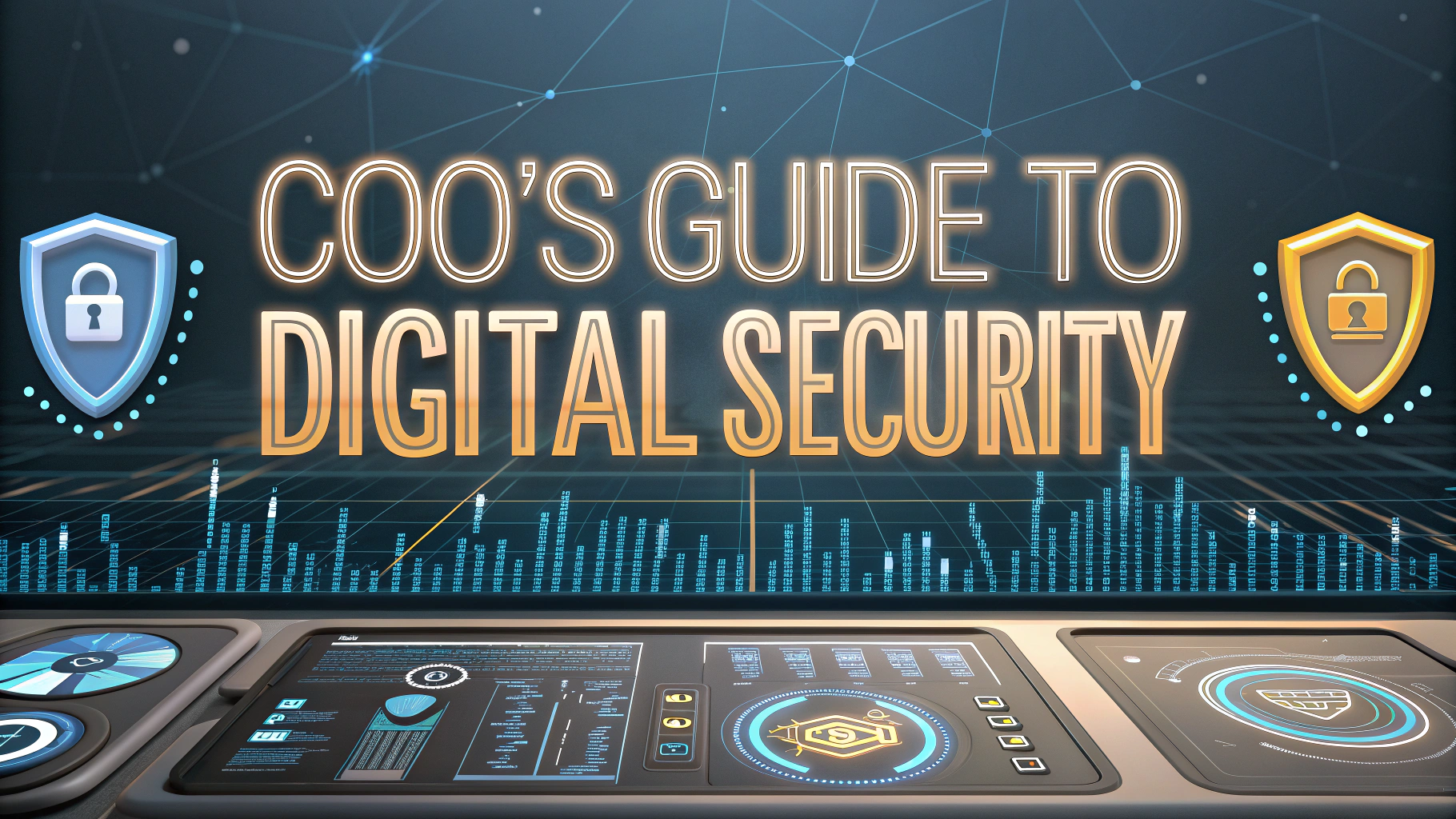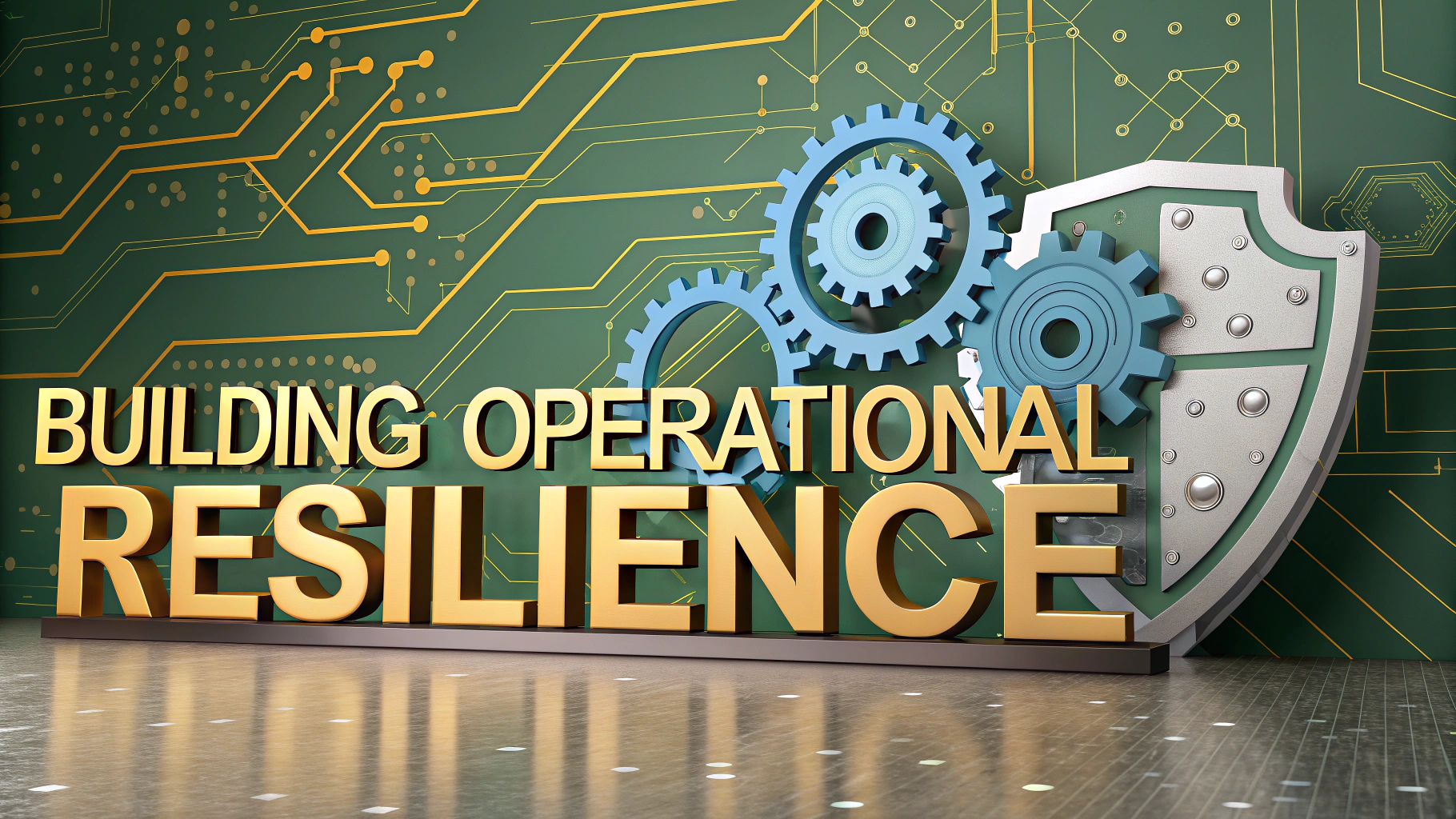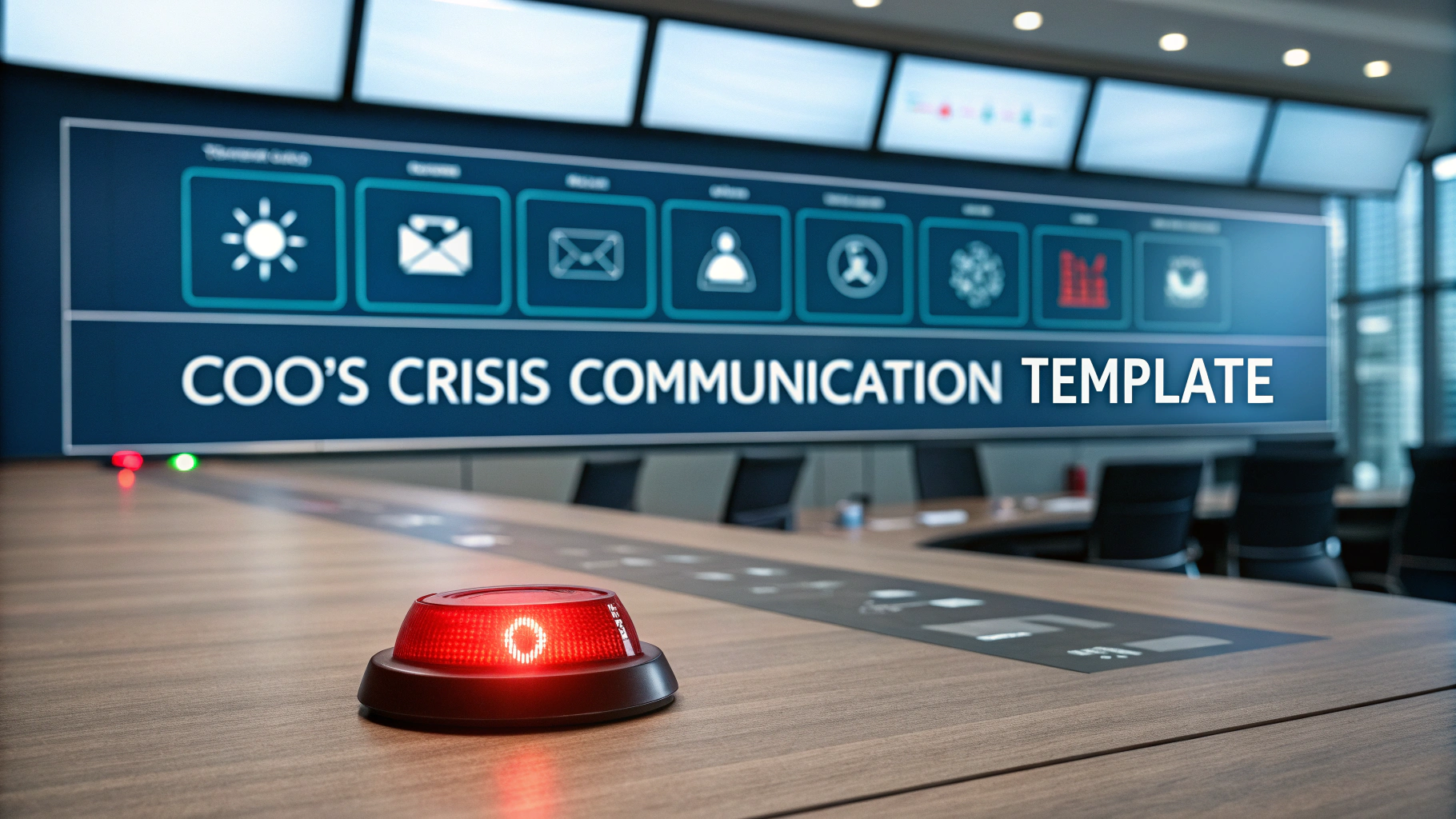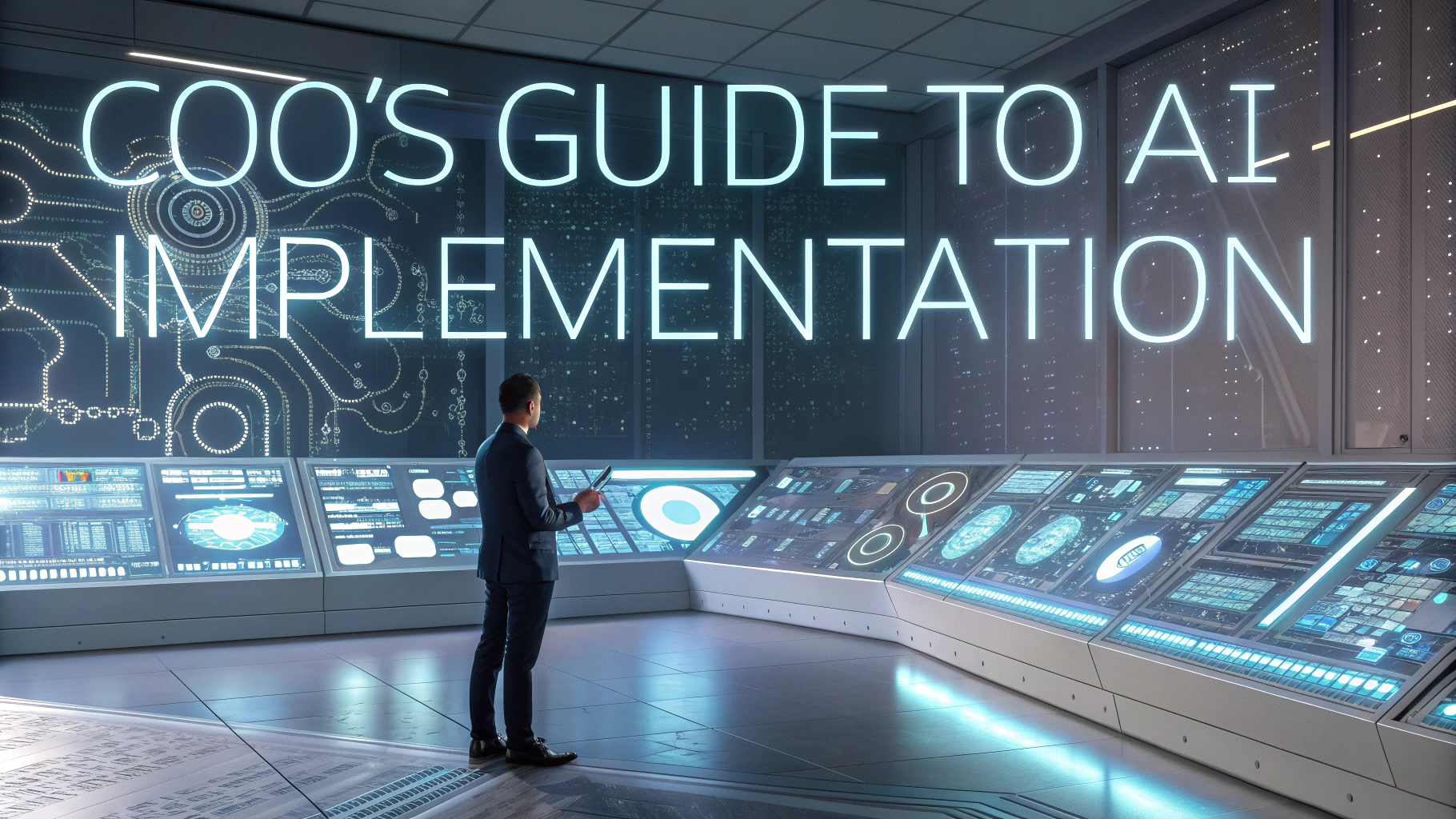A well-designed operations efficiency measurement framework helps organizations track, analyze, and improve their operational performance systematically.
This guide outlines practical methods for implementing performance metrics that drive meaningful improvements across your operations.
We’ll explore key components, implementation strategies, and real-world examples of successful measurement frameworks that have transformed business operations.
Core Components of an Operations Efficiency Framework
- Productivity metrics (output per resource unit)
- Quality indicators (defect rates, customer satisfaction)
- Cost efficiency measurements
- Process cycle times
- Resource utilization rates
Setting Up Your Measurement System
Start by identifying 3-5 key performance indicators (KPIs) that directly align with your organizational goals.
| Metric Category | Example KPIs |
|---|---|
| Productivity | Units per hour, Revenue per employee |
| Quality | First-pass yield, Customer returns |
| Cost | Cost per unit, Operating expense ratio |
Data Collection Methods
- Automated Systems: ERP platforms, IoT sensors, production monitoring tools
- Manual Tracking: Operator logs, quality check sheets
- Mixed Methods: Combination of automated and manual data collection
Analysis and Reporting Tools
Consider these recommended tools for data analysis and visualization:
- Tableau for dynamic dashboards
- Power BI for comprehensive reporting
- Python/R for advanced statistical analysis
- Excel for basic data manipulation
Implementation Best Practices
- Train staff on data collection procedures
- Establish clear reporting hierarchies
- Set realistic targets based on historical data
- Review and adjust metrics quarterly
- Create feedback loops for continuous improvement
Common Pitfalls to Avoid
- Measuring too many metrics simultaneously
- Focusing on lagging instead of leading indicators
- Neglecting employee feedback in metric selection
- Poor data quality management
Taking Action on Results
Each metric should have an associated action plan for both positive and negative performance scenarios.
| Performance Level | Required Action |
|---|---|
| Below Target | Root cause analysis, corrective action plan |
| At Target | Maintain current processes, seek optimization opportunities |
| Above Target | Document best practices, assess for broader implementation |
Next Steps for Your Operations
Contact industry experts or operations consultants for framework implementation support – recommended firms include McKinsey & Company (www.mckinsey.com) and Deloitte (www.deloitte.com).
Resource Planning & Allocation
Effective resource allocation is critical for maximizing operational efficiency. Organizations must balance workload distribution and capacity planning.
- Workforce scheduling optimization
- Equipment maintenance planning
- Material resource allocation
- Budget distribution across operations
Change Management Integration
Implementing new measurement frameworks requires robust change management strategies to ensure adoption and sustainability.
Key Change Management Elements
- Stakeholder communication plans
- Training and development programs
- Resistance management strategies
- Success celebration protocols
Technology Integration Strategies
| Technology Type | Implementation Focus |
|---|---|
| Cloud Solutions | Real-time data access and sharing |
| Mobile Applications | Field data collection and reporting |
| AI/ML Tools | Predictive analytics and optimization |
Driving Sustainable Operational Excellence
Transform measurement insights into lasting operational improvements through systematic implementation and continuous refinement of your efficiency framework.
- Regular framework assessment and updates
- Employee engagement in improvement initiatives
- Integration with strategic planning
- Investment in emerging technologies and methodologies
Remember that operational excellence is a journey, not a destination. Success depends on commitment to measurement, analysis, and continuous improvement at all organizational levels.
FAQs
- What is an Operations Efficiency Measurement Framework?
A systematic approach to evaluate and monitor operational performance using key metrics, benchmarks, and performance indicators that measure how effectively an organization converts inputs into outputs while minimizing waste and maximizing resource utilization. - What are the key components of an Operations Efficiency Measurement Framework?
The framework typically includes productivity metrics, quality indicators, cost efficiency measures, cycle time measurements, resource utilization rates, waste reduction metrics, and customer satisfaction indicators. - How do you establish relevant KPIs for operations efficiency?
KPIs should be aligned with organizational goals, SMART (Specific, Measurable, Achievable, Relevant, Time-bound), focused on critical processes, and include both leading and lagging indicators that measure operational performance. - What role does data collection play in operations efficiency measurement?
Data collection is fundamental for establishing baselines, tracking progress, identifying trends, and making data-driven decisions. It involves gathering both quantitative and qualitative data from various operational touchpoints using automated systems, manual recording, and integrated business intelligence tools. - How often should efficiency measurements be reviewed and updated?
Operational efficiency measurements should be reviewed on multiple timeframes: daily for immediate process control, weekly for trend analysis, monthly for performance reviews, and quarterly for strategic assessment and framework adjustments. - What are the most important metrics in manufacturing operations efficiency?
Key manufacturing metrics include Overall Equipment Effectiveness (OEE), First Pass Yield (FPY), Production Rate, Downtime, Capacity Utilization, Manufacturing Cycle Time, and Cost per Unit Produced. - How does technology integration impact operations efficiency measurement?
Modern technology solutions like IoT sensors, real-time analytics platforms, AI/ML algorithms, and integrated ERP systems enable automated data collection, real-time monitoring, predictive analytics, and more accurate efficiency measurements. - What are the common challenges in implementing an operations efficiency measurement framework?
Common challenges include resistance to change, data quality issues, system integration difficulties, lack of standardization across departments, resource constraints, and maintaining consistency in measurement methodologies. - How do you ensure the framework drives continuous improvement?
By implementing regular review cycles, setting progressive targets, establishing feedback loops, conducting root cause analysis of deviations, and maintaining an improvement action log with clear ownership and timelines. - What is the relationship between efficiency measurements and cost management?
Efficiency measurements directly inform cost management by identifying waste, highlighting process inefficiencies, quantifying resource utilization, and providing data for cost-benefit analysis of improvement initiatives.
